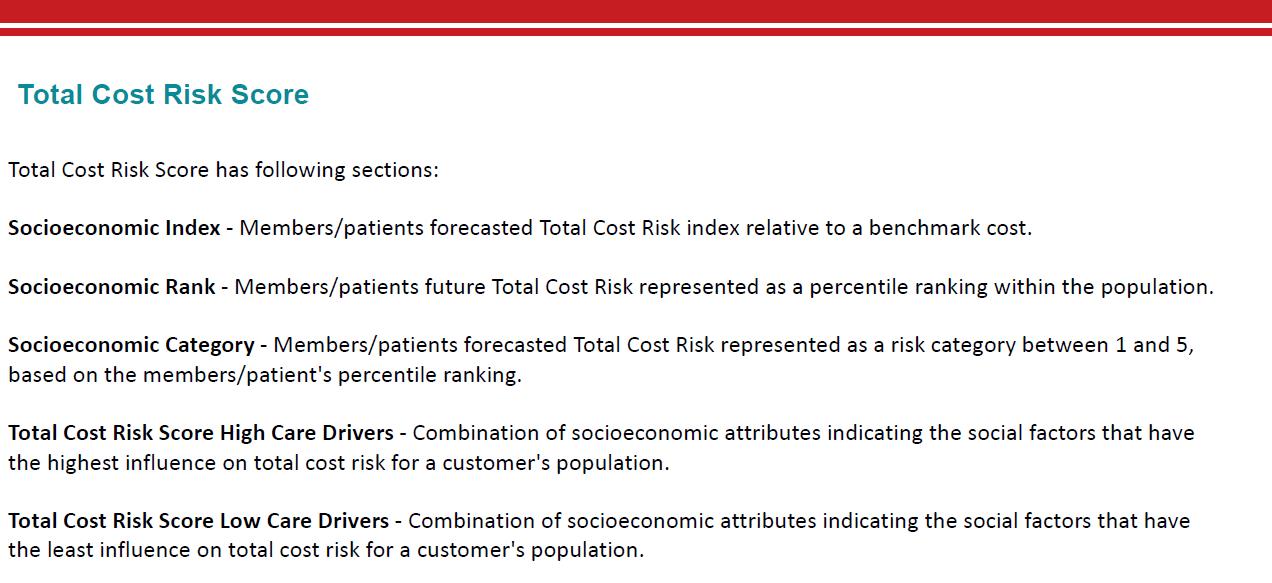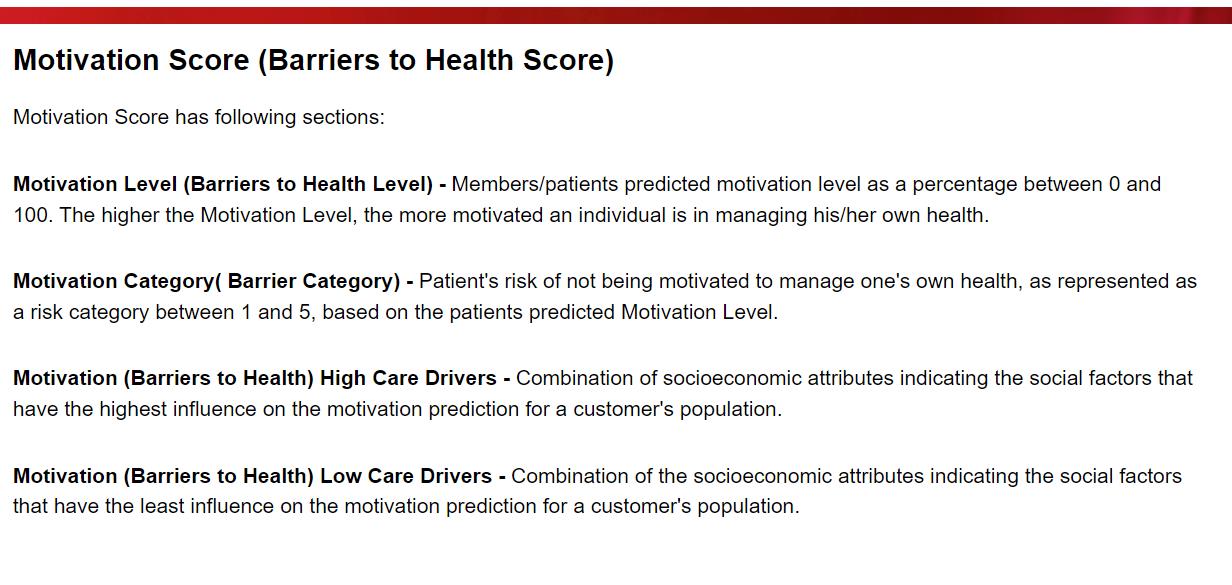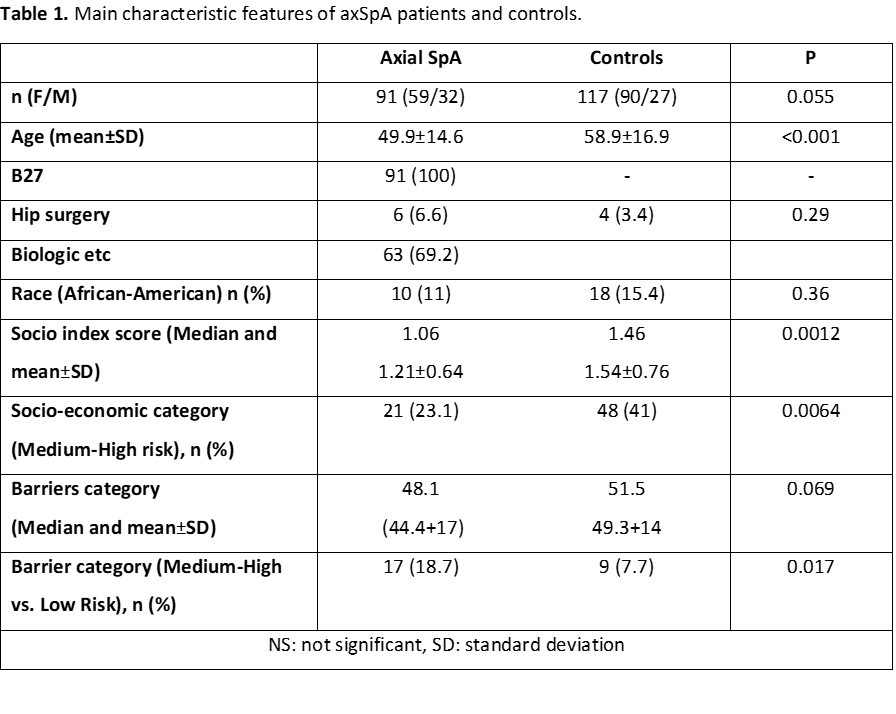Session Information
Session Type: Poster Session B
Session Time: 10:30AM-12:30PM
Background/Purpose: Axial spondyloarthritis (axSpA) is associated with an increased risk of morbidity and mortality. Patients with axSpA suffer from chronic back pain, and epidemiological studies reveal poor health and functioning in axial SpA patients.
Methods: Clinical and demographic features of patients with a diagnosis of ankylosing spondylitis (M45.9) or inflammatory spondylopathy (M46.99) seen by a rheumatologist at our institution between 2021 and 2024 were extracted using SlicerDicer within the EPIC EHR. Controls included subjects with chronic low back pain (M54.5) evaluated by a rheumatologist with no axSpA diagnosis. HLA-B27 positive Patients that fulfilled the clinical arm of 2009 ASAS classification criteria were included and controls with chronic low back pain.
TCRS and BC data were sourced from the Lexis Nexis / SDOH database. TCRS system comprises various sections that assess the socioeconomic factors and risk levels associated with members/patients. Sections of TCRS are shown in Figure 1A. The scoring system determines the mean TCRS, socioeconomic ranking (0-100), and socioeconomic category classes (ranging from extremely high to very low-risk percentiles).
The BC, formerly known as the Motivation category; encompasses various sections that evaluate individuals’ predicted motivation levels and their commitment to self-health management. Sections of BC are shown in Figure 1B. Moreover, the BC is associated with five risk levels: extremely high, high, medium, low, and very low.
For statistical analysis, chi-square, unpaired t, and Mann-Whitney U tests were utilized.
Results: 91 patients with axSpA and 117 controls were included. The mean age of axSpA was significantly younger than that of controls (p < 0.001). The frequency of female patients tended to be lower in axial SpA group (p = 0.055). The median TCRS index score was significantly lower in axial SpA patients than controls (p = 0.0012). Additionally, the frequency of the extremely high/high-risk socioeconomic category was significantly lower in axial SpA patients compared to controls (23.1% vs. 41%, p = 0.0064) (Table 1). Moreover, the frequency of extremely high/high-risk BC categories was significantly higher in the axSpA group than controls (18.7% vs. 7.7%, p = 0.0017). The median BC score was lower in patients with axial SpA, but this difference was insignificant (p = 0.069).
In the axial SpA group, TCRS scores and socioeconomic risk categories did not differ between male and female patients. However, the mean BC score was significantly higher in female axial SpA patients than in males (51.5 ± 10.9 vs. 31.4 ± 18.7, p < 0.0001). High-risk BC categories were significantly less frequent in female axial SpA patients (3.4% vs. 88.2%, p < 0.0001).
Conclusion: Our study demonstrated that socioeconomic categories and motivation for health were better in axial SpA patients compared to controls. Although there was no difference in TCRS between female and male axial SpA groups, motivation for health was significantly higher in female axSpA patients.
To cite this abstract in AMA style:
Magrey M, Raghuwanshi Y, Barnett T, Frumker l, Pamuk O. Total Cost Risk Scores and Barrier Categories in Patients with Axial Spondyloarthritis and Associated Factors [abstract]. Arthritis Rheumatol. 2024; 76 (suppl 9). https://acrabstracts.org/abstract/total-cost-risk-scores-and-barrier-categories-in-patients-with-axial-spondyloarthritis-and-associated-factors/. Accessed .« Back to ACR Convergence 2024
ACR Meeting Abstracts - https://acrabstracts.org/abstract/total-cost-risk-scores-and-barrier-categories-in-patients-with-axial-spondyloarthritis-and-associated-factors/



